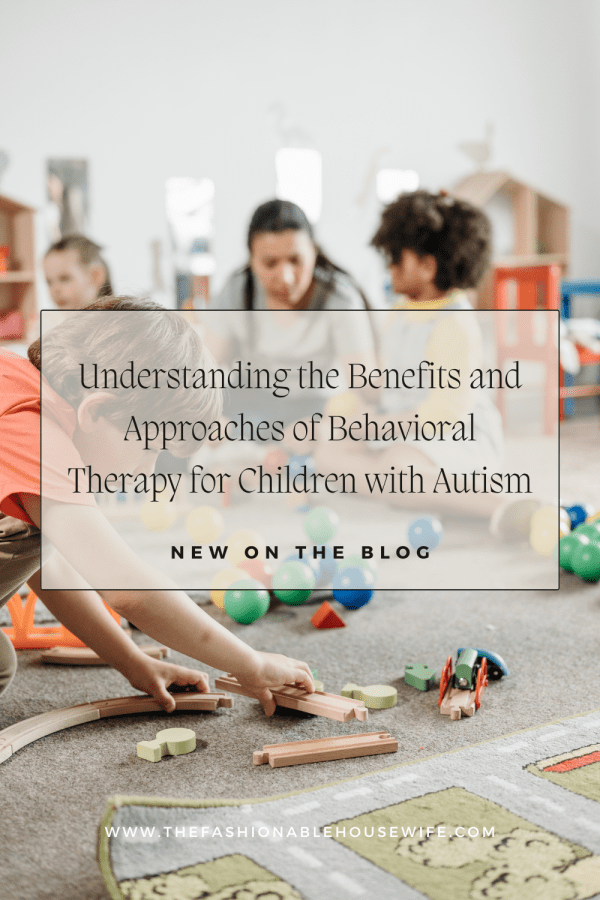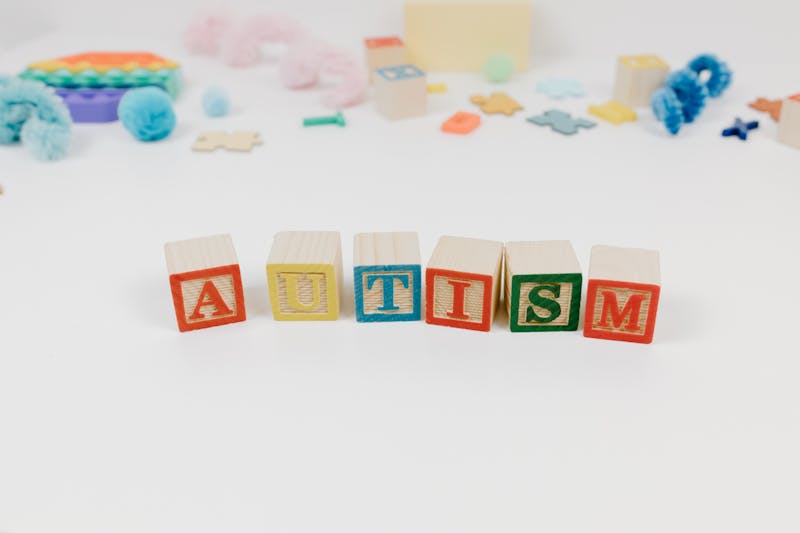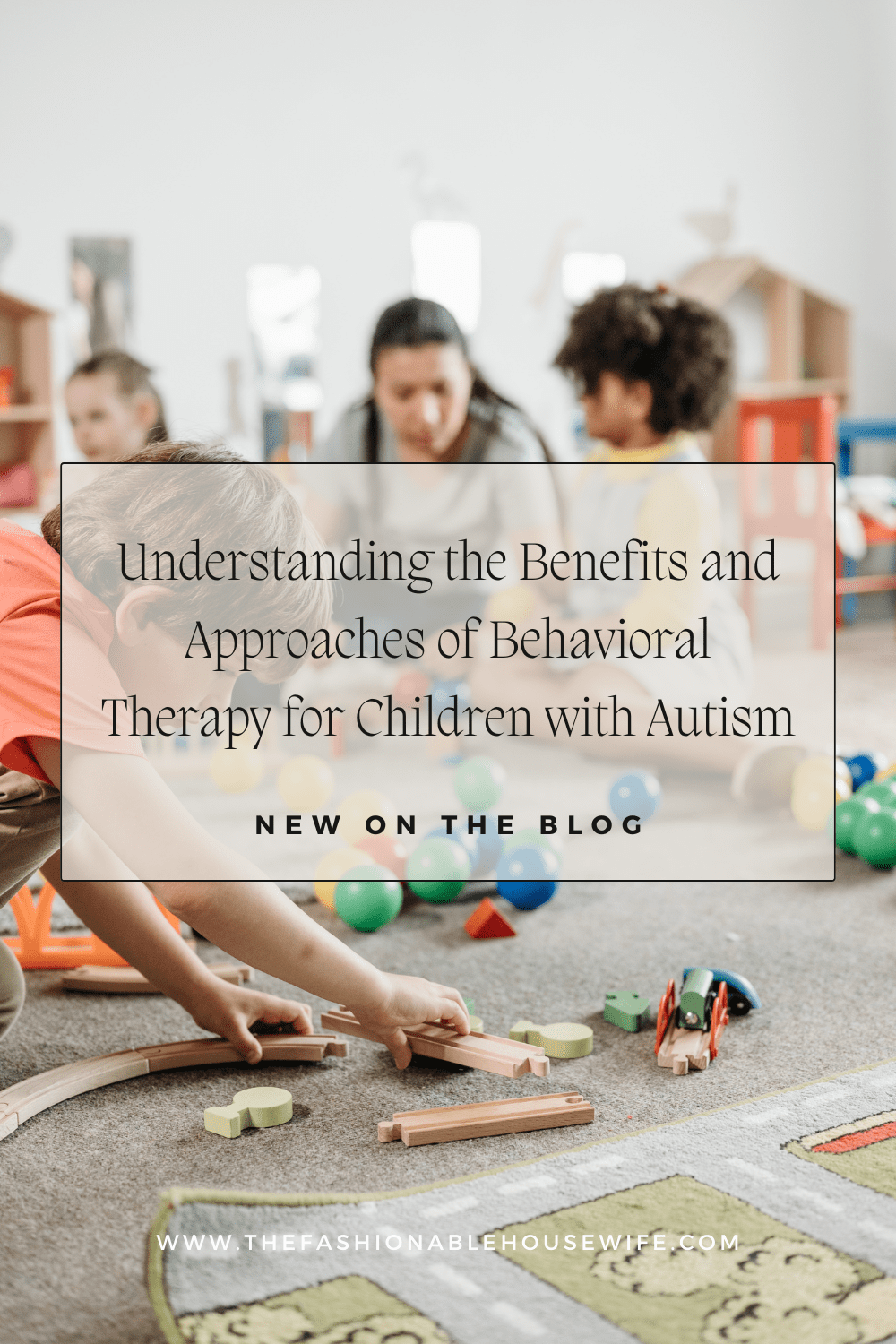Understanding the Benefits and Approaches of Behavioral Therapy for Children with Autism

Behavioral therapy, particularly for children with autism, is crucial in helping them enhance communication, social skills, and coping mechanisms. This therapy provides structured, strength-based interventions that improve the children’s and their families’ quality of life. Throughout this article, we’ll explore why these therapies are so impactful and the specific types everyone should know.
What is Behavioral Therapy?
Behavioral therapy is a broad term involving types and techniques based on behaviorism theories, which contend that all behaviors are learned and can be unlearned under the right conditions. In the context of autism, behavioral therapy aims to modify social and learning environments to foster beneficial behavior and reduce undesired ones.
Types of Behavioral Therapies
There are several types of behavioral therapies used to assist children with developmental challenges, including:
- Cognitive Behavioral Therapy (CBT): Helps improve the child’s control over thoughts and beliefs, facilitating better responses to challenging situations.
- Pivotal Response Treatment (PRT): Focuses on pivotal areas such as motivation and response to cues, aiming to induce positive changes in the child’s social behavior.
- Early Start Denver Model (ESDM): Targets children from ages 12 to 48 months, integrating PRT techniques into a natural, play-based therapy setting.
The Role of ABA Therapy
Applied Behavior Analysis (ABA) is a widely recognized and scientifically validated approach to understanding behavior and how it is affected by the environment. Therapy usually focuses on antecedents (what happens before a behavior occurs) and consequences (what happens after the behavior) to build more helpful and less harmful behaviors over time.
ABA therapy plays a foundational role in this landscape. It is personalized for each child and often involves one-on-one sessions between the therapist and the child, aiming to improve various developmental areas.
How ABA Therapy Works
- Assessment Phase: This initial stage involves detailed observation to identify specific behavioral goals for each child.
- Intervention Strategy: Based on the assessment, therapists develop tailored interventions to discourage disruptive behaviors and encourage desirable ones.
- Continuous Evaluation: Therapists consistently measure progress and make adjustments to the interventions as needed.
Importance of Early Intervention
Intervening early, particularly in the pre-school years, can significantly benefit children with autism. Early intervention programs are crucial as they take advantage of the brain’s remarkable plasticity during early development. Benefits include:
- Improved learning skills
- Better social skills
- Enhanced ability to manage emotions and impulses
- Reduction in the need for special services later in life

Choosing the Right Therapy and Therapist
Selecting the right therapy and therapist is a critical decision for parents. Here are some factors to consider:
- Credentials and Experience: Ensure the therapist has appropriate certifications and experience with children similar to yours.
- Approach and Techniques: Discuss potential therapies and their appropriateness for your child’s specific needs.
- Comfort and Compatibility: Both you and your child should feel comfortable and trust the therapist.
Perspectives of Success in Behavioral Therapy
Success in behavioral therapy can look different from one child to another. It’s important to set realistic, clear, and achievable goals. Success might mean improved communication skills for one child or decreased episodeses of disruptive behavior for another.
Broadening the Support Network
In addition to professional therapy, support from family, friends, and community resources can dramatically improve outcomes. Engaging with local support groups, educational programs, and online forums can provide emotional support and practical advice.
Extended Reflections
In conclusion, behavioral therapies, including ABA, provide critical support that can transform the lives of children with autism and other developmental disorders. By understanding the options and engaging the right support, parents can help pave a path to a richer, more fulfilling life for their children. Moving forward, continuous learning and adaptation will serve as the cornerstone of successfully managing autism’s challenges.

